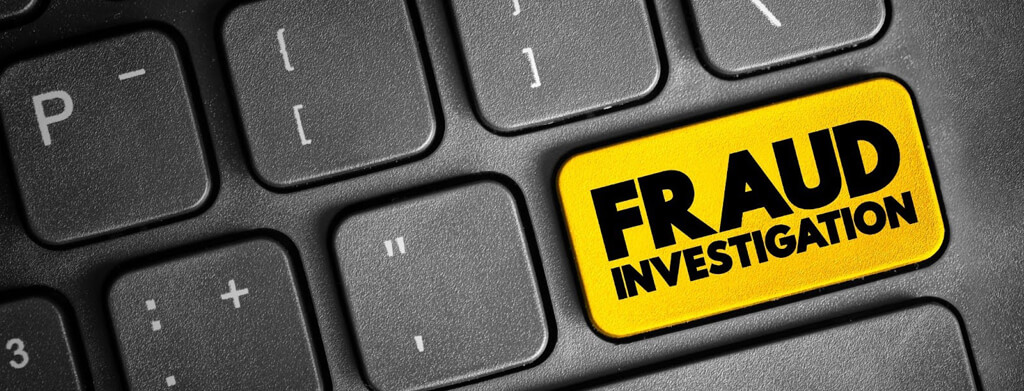Transactions At Undervalue (TUV): Your Complete Guide
For directors managing financially distressed companies, a comprehensive understanding of transactions at an undervalue (TUV) is not just beneficial, but crucial, especially when navigating insolvency. In this guide, we delve into transactions at undervalue, emphasising its definition, examples, potential consequences, and the relevant legal framework, particularly within the context of the Insolvency Act 1986. What […]
Transactions At Undervalue (TUV): Your Complete Guide Read More »









